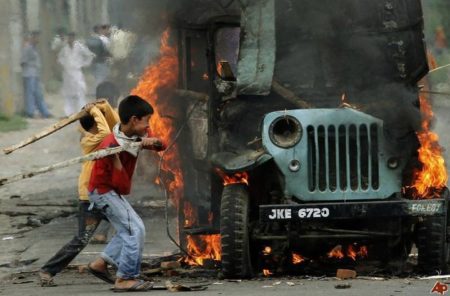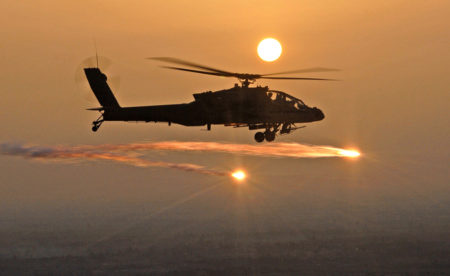
This article originally appeared in swisspeace’s à propos No. 148 which is published by swisspeace in November 2016.
In the wake of the 9/11 attack, members of the international community responded in a heavy handed and militarized way to terrorism and adopted a counter terrorism (CT) approach. Yet, terrorist attacks and fatalities have dramatically increased and more powerful terrorist groups have been created. With the emergence of the prevention of violent extremism (PVE) approach, a greater emphasis is now given to so-called “soft” alternatives. However, the question remains whether it is a change in content or just a semantic shift.
Multinational organizations and donor countries have been engaged in various counter terrorism (CT) initiatives particularly since the 9/11 terrorist attack as part of the Global War on Terror (GWOT). This simplistic approach viewed terrorism as a form of criminal and subversive activity that targeted the West and its values. However, CT practices increasingly showed a proclivity for grave violations of human rights and international law. Some countries have also manipulated CT measures to silence political opposition and criticism. The acts committed by US security personnel in Abu Ghraib prison in Iraq, the widespread practice of illegal detentions and renditions, decades of arrest without charge in Guantanamo are all manifestations of the failures of this approach. Terrorist attacks and fatalities have dramatically increased, more powerful terrorist groups have been created, the landmass controlled by terrorist groups has expanded, the number of foreign fighters crossing borders to join terrorist groups has surged, and terrorist attacks have reached new heights of cruelty and depravity in the last few years.




